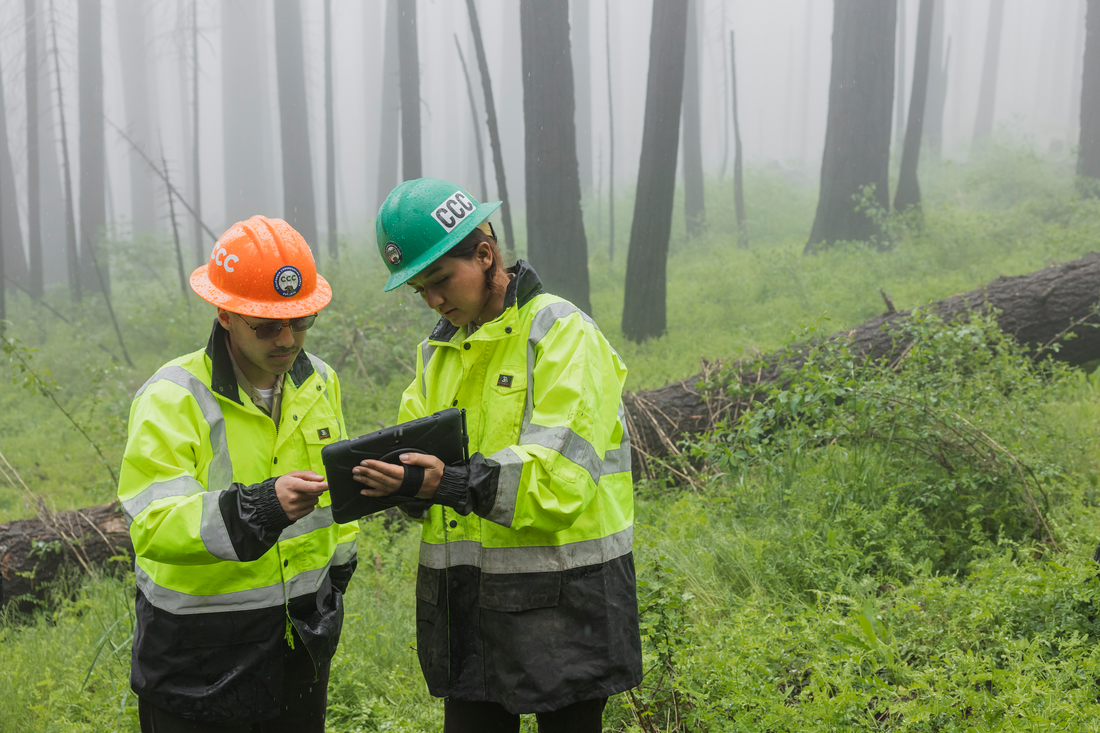Wildfires shape and define our forest landscapes. Fires have always been a natural and important part of the forest life cycle – supporting healthy forests and biodiversity and even burning excess dead leaves, wood and other debris to present future destructive wildfires. However, as climate change continues to create hotter, drier conditions, there has been an alarming increase in destructive and high severity wildfires.
Large, high-severity wildfires make it very difficult for forests to naturally regenerate by burning up seed sources. Without human intervention, some forests may fail to recover entirely and could convert to non-forested ecosystems like shrublands or grasslands..
American Forests is working closely with federal and state agencies, Tribes and local communities to develop and implement science-informed reforestation strategies to help restore forests after wildfire and make them more resilient against future destructive wildfires and climate change. Our approach includes:
- Helping convene public and private land managers from across large landscapes to plan landscape-scale restoration.
- Using climate-informed restoration techniques to evaluate and prepare burned areas and plant the right trees and vegetation in the right locations.
- Leading the forestry sector, including our federal partners, on climate-adapted reforestation and post-wildfire recovery.

Photo Credit: Mark Janzen / American Forests
American Forests is also a championing force behind the REPLANT Act, which was passed in November 2021 as part of the historic Infrastructure Investment and Jobs Act. Through the REPLANT Act, we are partnering with the USDA Forest Service on a $20 million keystone agreement to scale up reforestation across national forests over the next five years and help address a reforestation backlog of approximately 4 million acres on National Forest System lands damaged by wildfire.
The risk of wildfires to our national landscapes has never been more dire – in California alone, approximately 1.5 million burned acres need to be reforested. Unless we take swift action to replant and restore more of these forests, we risk their permanent loss.